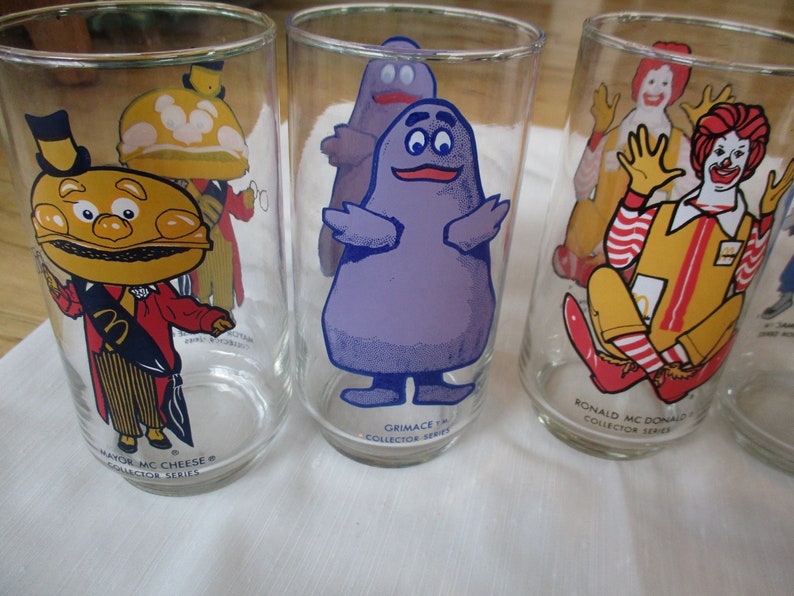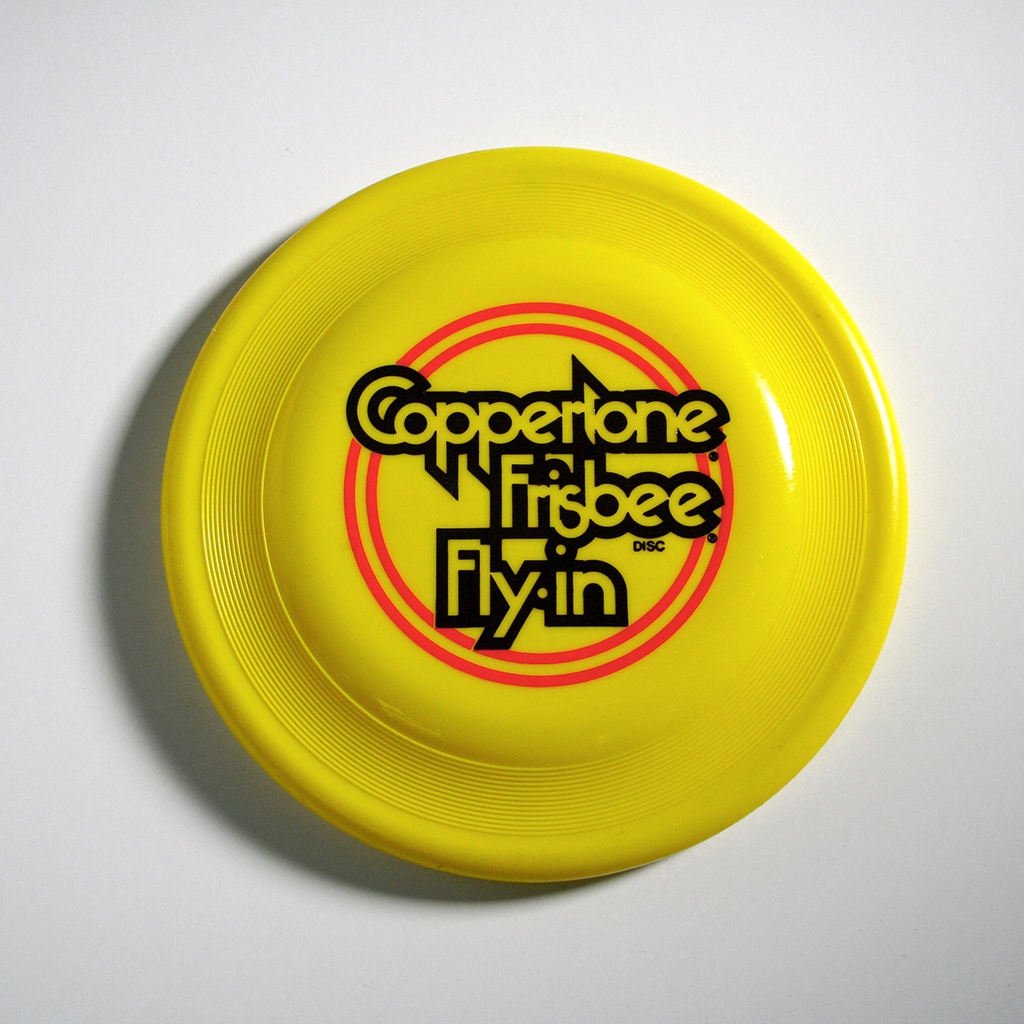Michelle420
Diamond Member
- Thread starter
- #621

Follow along with the video below to see how to install our site as a web app on your home screen.
Note: This feature may not be available in some browsers.









I'm thinking you could use it to answer the phone, not sure you could still dial numbers.A W48 German telephone, some time between 1948 and 1961. Opening it up and looking at the guts, I was amazed at the quality and workmanship, far beyond what you expect of something as mundane as a telephone. The ancient rotary dial mechanism works with a smoothness and precision that is truly inspiring. Last I saw it, it was also put on the sales floor, bearing a $19.99 price. I'm tempted to buy it. I don't want it nearly as much as I'd like that radio, but it's much closer to being something I might decide to fit in my budget. I wonder if I can make it work on a modern, American phone system.
View attachment 422790
View attachment 422814
View attachment 422815
I'm thinking you could use it to answer the phone, not sure you could still dial numbers.A W48 German telephone, some time between 1948 and 1961.